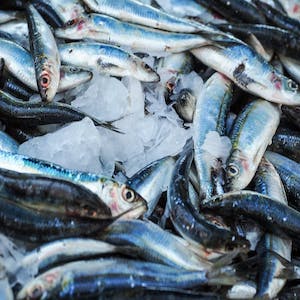Sample size planning and the statistical significance of official controls by sampling

Accepted: 27 June 2023
HTML: 27
All claims expressed in this article are solely those of the authors and do not necessarily represent those of their affiliated organizations, or those of the publisher, the editors and the reviewers. Any product that may be evaluated in this article or claim that may be made by its manufacturer is not guaranteed or endorsed by the publisher.
Authors
Acceptance sampling is important for food safety and is a relevant tool at production and official control levels, as it helps decision-making processes and verifies quality and food safety management. Generally, sampling plans are hypothesis tests of products that have been submitted for official appraisal and subsequent acceptance or rejection. The sample size is related to the set level of risk, the acceptable precision, and the tolerable misstatement size; therefore, sample size determination has a crucial role in setting up the accepted level of non-compliance and level of error. Using a simple predictive model based on combinatorics, this study showcases how sample size management can change the probability of rejecting good lots and/or accepting bad lots when the acceptance number is 0 (c=0). We showed that when c=0, a very high level of significance of the test corresponds to the high probability of rejecting a lot with an acceptable prevalence of defective items (type II error). We produced tables about the minimum sample size at different significance levels, which can be useful in the field. A paradigmatic example of the role of sample size in the acceptance-sampling plan is represented by the visual inspection for the detection of Anisakid larvae in fishery products. This study investigated this aspect and mainly referred to studies on the prevalence of larvae in farmed fish. We showed that, for lots ≥1000 items, the sample size is not strictly related to the lot size, but to draw a consistent control plan and reduce the variability in the clinical judgment, control authorities require a standardized approach. Because of this, the results on the prevalence of Anisakid larvae in farmed fish, if only based on sampling control plans, do not support a negligible risk statement, despite the claims reported in the EFSA opinion and several other studies.
How to Cite

This work is licensed under a Creative Commons Attribution-NonCommercial 4.0 International License.
PAGEPress has chosen to apply the Creative Commons Attribution NonCommercial 4.0 International License (CC BY-NC 4.0) to all manuscripts to be published.

 https://doi.org/10.4081/ijfs.2023.11119
https://doi.org/10.4081/ijfs.2023.11119





